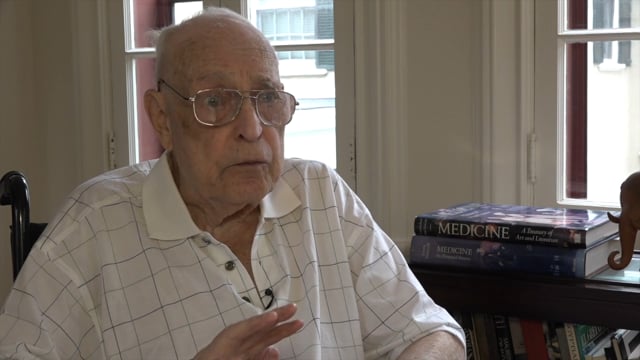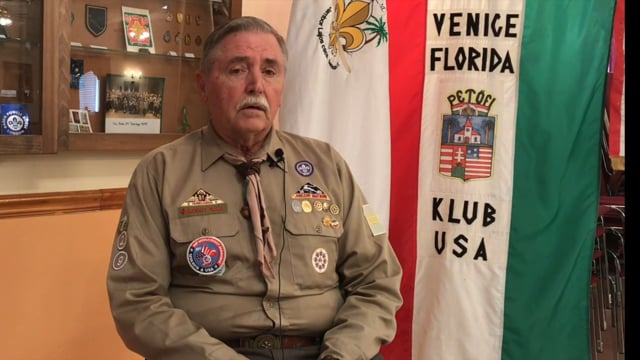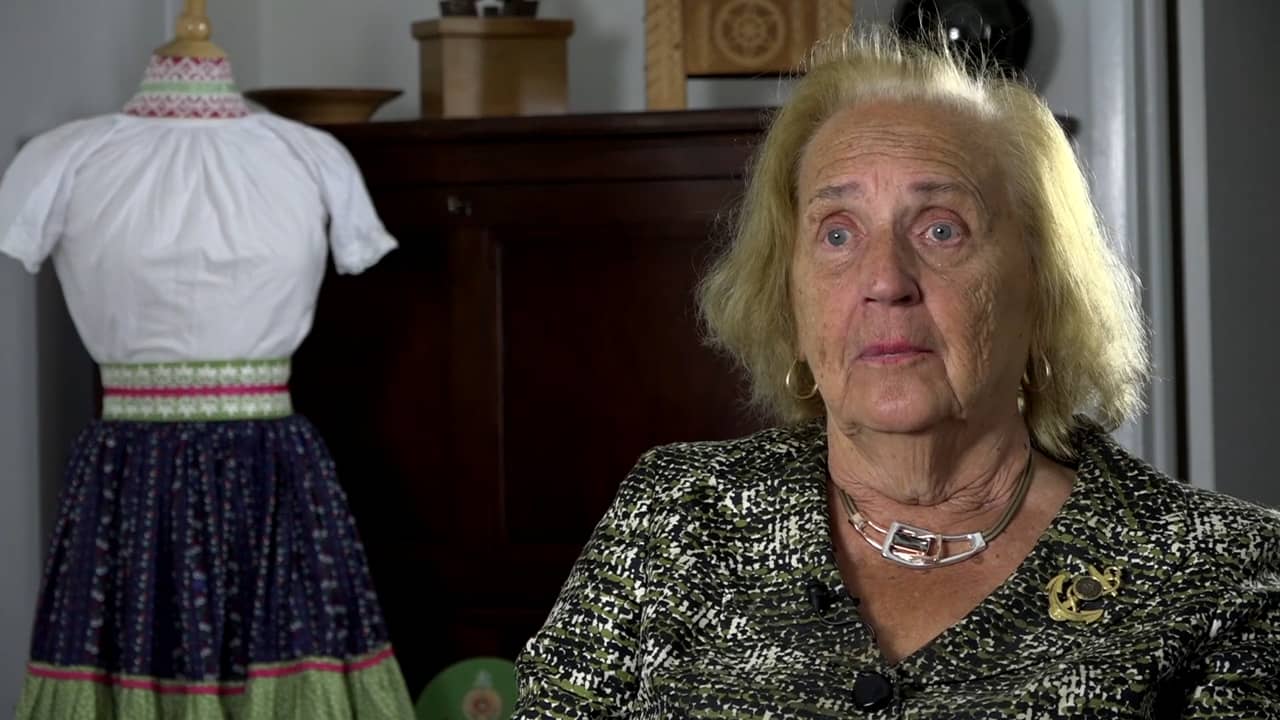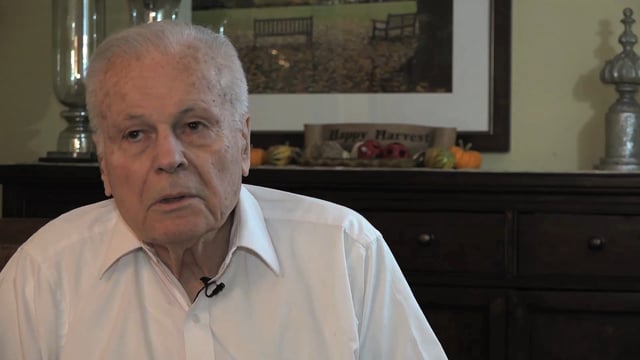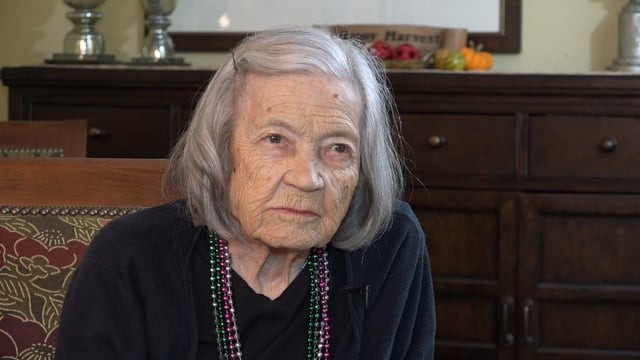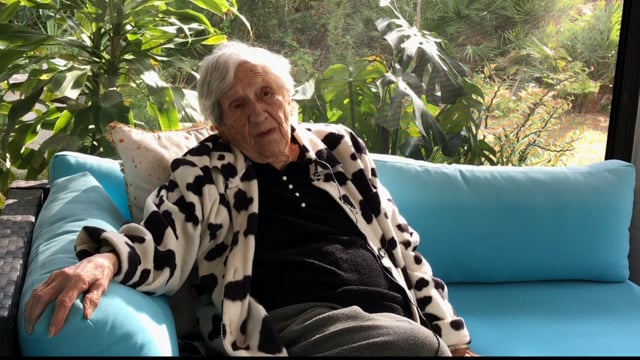Pál Ludányi
DP GenerationALL MATERIAL: COPYRIGHT CALIFORNIA EUROPEAN CULTURAL INITIATIVE/MEMORY PROJECT
Pál Ludányi was born on December 18, 1943 in Kaposvár, Hungary. He was just a baby when his family fled to Austria at the end of WWII.
Pál Ludányi's father was a well-known colonel in the Hungary army during WWII and thus his entire family was ordered to leave to Austria in 1945. He spent a number of years with his family there, not in a refugee camp but in the guest cottage of an Austrian Countess in Hohburg. Later they were moved to a refugee camp in Weghscheid. The family emigrated to the US in 1949, first to Virginia, where they lived in poverty and worked on a farm. Later, the family was able to move to New York, where the parents held menial factory jobs during the week and took part as important social-political figures in the rich Hungarian cultural life on the weekends in New York.
In New York, Pál become a Hungarian boyscout in 1953, in the first Hungarian scout troop based in NYC under the leadership of Zoltán Vasvári. Vasvári later decided to leave the scouting movement in order to form a separate organization that was more political in nature than the scouts. Pál became one of the first members of that organization and, along with his brother András, was key to recruiting more members who felt as they did about Hungary. He remained an active member from 1960 - 1972, and his participation in the organization was key during his formative years as a young man.
The Hungarian American Rifle Associations (Lövészek), founded in 1960, was an organization devoted to passing on Hungary's history, culture and language. The founding principle of the organization was to provide military-style training to young Hungarians who might someday return to Hungary to help liberate the country from its communist dictatorship. The organization attracted young Hungarian men and women, many of whom had fled Hungary after the failed 1956 Revolution, and this training was especially strong during the years after the revolution until the late 1960's. Later in the organization's history, from the 70's to mid 80's, the Lövészek was more focused on passing on the Hungarian culture and raising awareness of Hungary's plight behind the Iron Curtain.
Pal was one of the founding members of the Hungaria Folk Dance Ensemble of New York in 1962 and was an active member until 1985. He was a member of the National Ski Patrol, being a first responder on the mountain, serving ski areas in Vermont and Connecticut for 43 years. He worked at Interlab Inc. as V.P. of manufacturing. He and his wife are raising two daughters in Newtown, Connecticut.
Pál's older brother András is also featured in the Memory Project archive.

